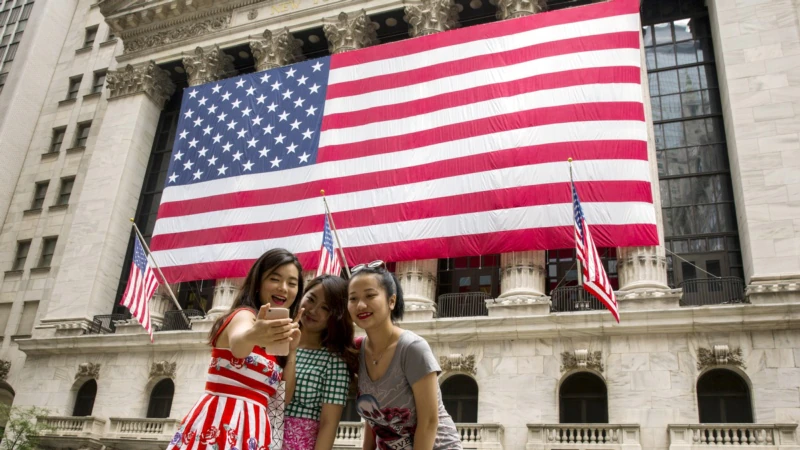The U.S. Commerce Department on Monday will unveil a new strategy aimed at boosting international tourism hit hard by COVID-19 and government travel restrictions by streamlining the entry process and promoting more diverse destinations.
The “National Travel and Tourism Strategy” sets a goal of 90 million international visitors by 2027 who will spend an estimated $279 billion annually, topping pre-pandemic levels, the department told Reuters.
“There are a lot of industries that are well past COVID – travel and tourism is not,” U.S. Commerce Secretary Gina Raimondo said in an interview.
The federal government must do more to support the resurgence of travel and tourism to ensure the industry rebuilds to be “more resilient, sustainable and equitable,” according to the draft strategy document seen by Reuters.
In 2019, the United States had 79.4 million international visitors, a figure that plummeted to 19.2 million in 2020 as the pandemic hit and rose to just 22.1 million in 2021.
International visitors spent $239.4 billion in 2019, but just $81 billion in 2019, the Commerce Department said.
Before COVID, tourism supported 9.5 million U.S. jobs and generated $1.9 trillion in economic output.
One of the strategy’s goals is to modernize entry procedures for visitors to enter and travel within the United States.
“We need to streamline the entry process,” Raimondo said. “It’s cumbersome and very paper-based and we want to move to a more digital process.”
Other goals include promoting more diverse U.S. tourism experiences beyond coastal states, reducing tourism’s contributions to climate change and building a sector that is resilient to natural disasters, public health threats and the impacts of climate change.
One reason tourism fell so sharply was the United States lagged many other countries in lifting COVID border restrictions that barred much of the world from entering. The U.S. rules were not eased until November 2021.
The United States still requires foreign nationals to be vaccinated against COVID and nearly all international air passengers to test negative before travel. U.S. airlines say nearly all other countries they serve are not requiring testing.
Raimondo acknowledged testing is a “barrier” to tourism and that the United States is an “outlier” but did not forecast when those rules might be relaxed.
“I hear a lot about it from industry and I have been expressing that to the administration,” Raimondo said.

